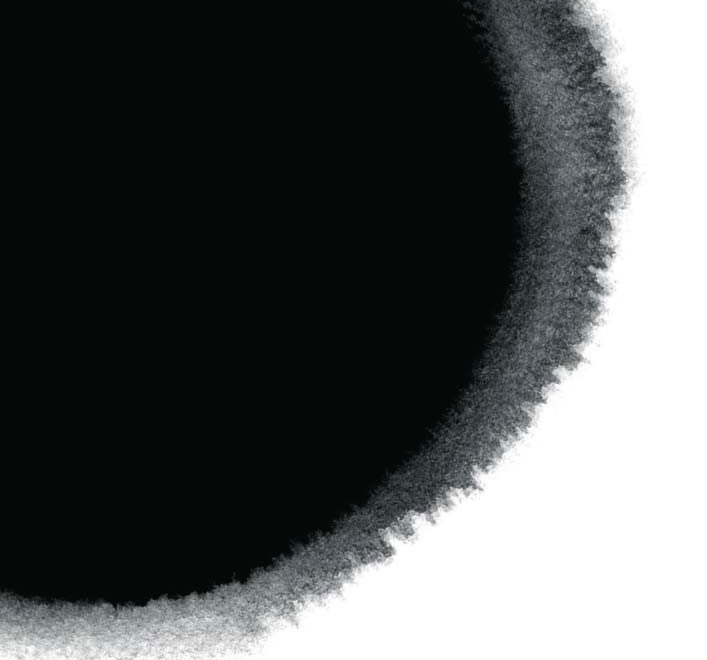2008 Chinese Art
Contemporary Ink and Paper
Chen Jialing, Zhang Guiming, Yang Zhengxin, Dai Mingde, and Lu Fusheng are the five modern masters of ink and wash who live in Shanghai. The art of ink and wash is the contribution of Chinese culture to the world, and also a characteristic of Oriental civilization. The five artists’ masterpieces are the best annotation of modern art innovation. The traditional concepts of Chinese ink and wash have been merged with ideas of Western arts while its roots and soul are still explicitly reserved. Maybe out of unconsciousness or historical inevitability, they have opened up a new chapter of ink and wash paintings. Chen Jialin has been recognized for a long time. His lotus series was a refreshing wind when it first came out in the early 1980s, exemplary in its originality and showing the distinctive character of his spiritual world. He pays much attention to the combination of controlled and uncontrolled effects in artistic creation, by which he tries to stride into a new artistic mood. Therefore, we have witnessed Chen’s pursuit of Lingbian or spiritual change from meticulous style to free stroke, from portrait to lotus flower, and from rice paper ink and wash and color ink to porcelain painting, with steady and sound steps on his way to the palace of arts. “Zhang Guiming’s appearance marked the fact that the modernity of Chinese painting has moved from the backstage to the front stage. He brought the modern art critics as much excitement as confusion,” some reviewer has said. Zhang’s innovation lies in breaking the accustomed layout through the distortion and decoration of figure elements such as flowers, birds, branches and leaves in the reconstruction of a new configuration, in which he simplifies and signalizes the abstract ideas of painting with bright and bouncing colors, various spaces, and symphony-like tempos to give viewers a fresh feeling. Yang Zhengxin, who is generous and frank by nature, is an excellent painter with romantic passion. He is versatile in the fields of flower-and-bird, landscape, and portrait with changeable and unconventional styles. The majestic and mystic paintings, with powerful and unimaginable brushstrokes, show the painter’s great talent and valor by their unquenchable explosive force and dazzling randomicity. He draws from the techniques of Western paintings to give rise to strong modernity out of traditional charm under the premise of keeping the essence of traditional Chinese ink and wash painting. Dai Mingde’s art works, with the pictographs of Chinese character as the basis and the abstractness of art as the axis, extends before us calligraphic painting. He integrates the Western methods of abstractness with the ancient culture of the Chinese nation, and combines softness with hardness in a harmonious way to modernize tradition, which not only furthers national culture but also meets modern demands. The calligraphic painting inherits and carries forward the tradition of Chinese painting and calligraphy as well as national stroke art to create a new paradigm, which presents us with an abundant and profound connotation of Dai’s artistic world for it is a combination of traditional ink and wash art and the Western modern arts by a contemporary Easterner. Lu Fusheng is a scholar-like artist versed in classical affection, who shows great interest in the state of remoteness and pervasive brightness experienced by the ancient scholars and reveals a modern intellectual’s meditation and pursuit of historical and life ontology in his paintings. Their antiqueness, beauty, and gentleness, just like the artist himself, represent for us a setting that mixes the ancient and the modern as well as the real and illusion. The language and figure of the paintings are the embodiment of the artist’s longing for the pure and primeval state of humanity, which actually is the spontaneous overflow of the artist’s educational background, broadmindedness and taste orientation.



